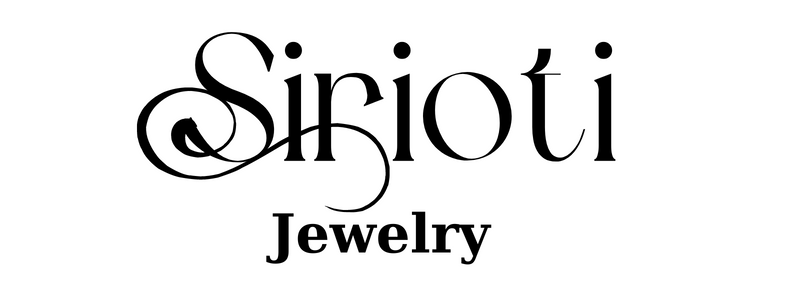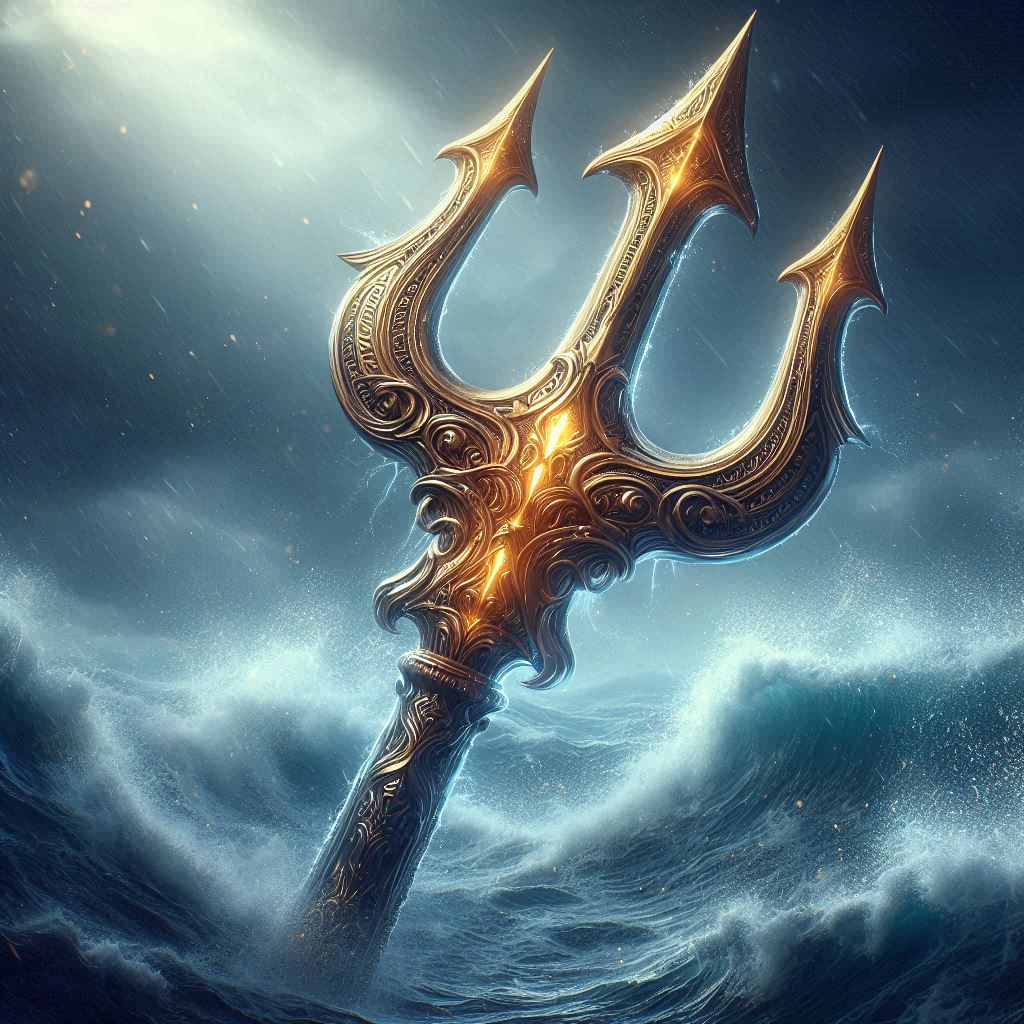Table of Contents
- Introduction
- The Origins of Poseidon's Trident
- The Trident in Greek Mythology
- Poseidon's Trident in Art and Culture
- Conclusion
Introduction
Poseidon, the mighty god of the seas, storms, and earthquakes, is one of the most powerful figures in Greek mythology. His trident, a three-pronged weapon, is not only a symbol of his dominion over the oceans but also an instrument of his immense power. In this blog post, we will dive into the origins, significance, and enduring legacy of Poseidon's iconic weapon.
The Origins of Poseidon's Trident
Mythological Creation
Poseidon’s trident was said to have been forged by the Cyclopes, the master craftsmen who also helped in the creation of other divine weapons, including Zeus' thunderbolt. The trident was crafted specifically for Poseidon to wield as a symbol of his rule over the seas. According to myth, the Cyclopes forged the trident in the depths of their volcanic forges, imbuing it with immense power.

Symbolism of the Trident
The trident represents more than just a weapon. It is a potent symbol of Poseidon's authority over the oceans, capable of both creating and quelling storms. Each of its three prongs has been interpreted as representing different aspects of the sea—its destructive force, its bounty, and its mysterious depths. The trident also serves as an instrument for maintaining balance and harmony in Poseidon's domain.
The Trident in Greek Mythology
Control Over the Seas
Poseidon used the trident to control the waters of the earth. With a single strike, he could create massive waves, stir up storms, or calm the seas. In various myths, Poseidon’s power was often demonstrated through his trident, such as when he created springs of water or unleashed floods to punish or aid mortals.

Poseidon's Wrath
While Poseidon was revered as the god who could provide safe passage across the oceans, his temper was well-known. His wrath could be terrifying, and when angered, he used the trident to cause earthquakes, which the Greeks referred to as "the shakes of Poseidon." His ability to strike the earth with his trident symbolized his connection to both the land and the sea, making him a force of nature feared by mortals and gods alike.
Poseidon's Trident in Art and Culture
Ancient Depictions
In ancient Greek art, Poseidon is frequently depicted holding his trident. Sculptures, mosaics, and vases often show him with his flowing beard, standing majestically or riding his chariot across the waves, always with his powerful trident in hand. The trident not only highlights his role as ruler of the seas but also as one of the most formidable of the Olympian gods.
Modern Interpretations
In modern times, Poseidon's trident remains an enduring symbol of strength and control over the natural world. From movies and video games to literature and pop culture, the trident often represents not just the god himself but the unstoppable forces of nature. Poseidon and his trident continue to inspire fascination and awe, symbolizing both creation and destruction.

Conclusion
Poseidon's trident is one of the most iconic symbols in Greek mythology, representing the power and authority of the sea god over the oceans and natural forces. Forged by the Cyclopes and imbued with the ability to command the seas and cause earthquakes, the trident plays a central role in both ancient and modern depictions of Poseidon. As a tool of both destruction and balance, the trident has cemented Poseidon's status as a god to be revered and respected.
Interested in Greek mythology and history? Click here

